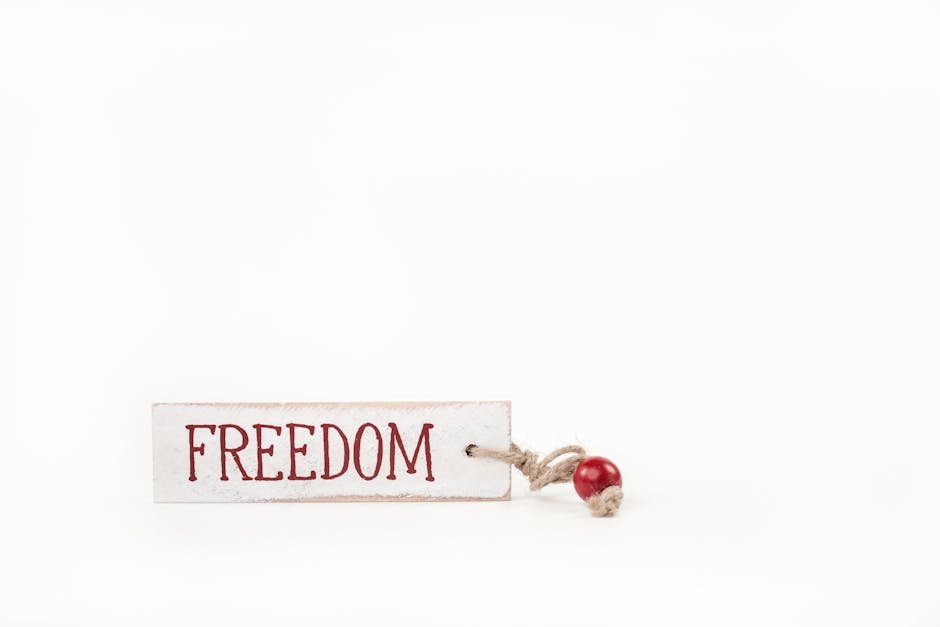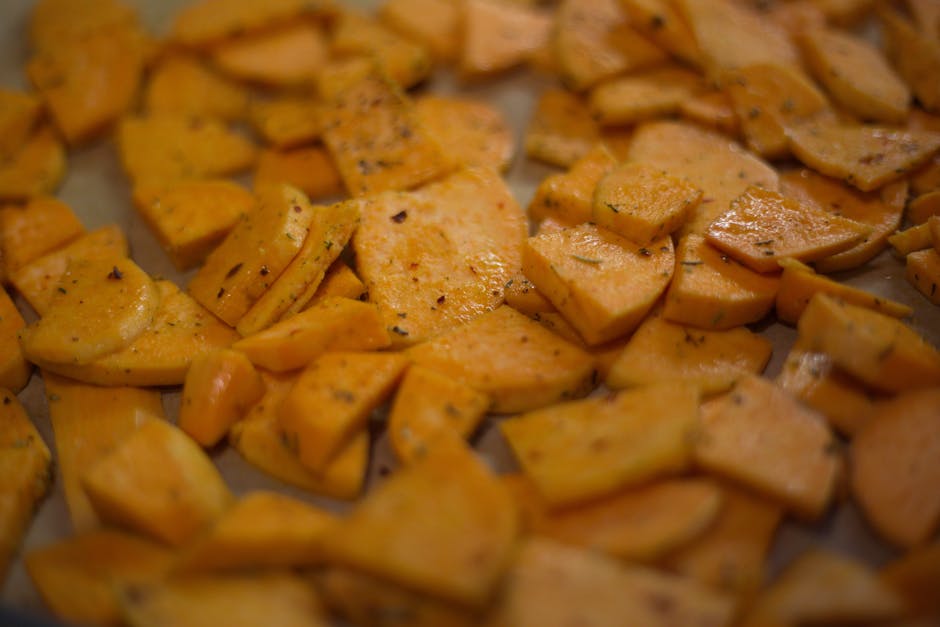The seemingly simple chocolate chip cookie holds a surprisingly rich and complex history, far beyond its status as a beloved comfort food. While pinning down the exact origin is tricky, the most widely accepted story credits Ruth Wakefield, owner of the Toll House Inn in Whitman, Massachusetts, with its invention in 1930. Legend says she ran out of baker’s chocolate and substituted semi-sweet chocolate, expecting it to melt and create a fudgy, brownie-like texture. Instead, she discovered the now-iconic characteristic of distinct chocolate chips throughout the dough, a happy accident that changed baking forever.
Wakefield’s recipe, featuring Nestlé’s semi-sweet chocolate morsels, was a stroke of genius, not just culinarily, but also in terms of marketing. Nestlé, recognizing the potential of this new dessert, printed the recipe directly onto their packaging, effectively launching a decades-long symbiotic relationship between the chocolate company and the irresistible cookie. This clever move contributed heavily to the cookie’s rapid rise in popularity, transforming it from a regional treat to a global phenomenon.
The chocolate chip cookie’s cultural influence is undeniable. It transcends geographical boundaries and cultural differences, appearing in countless variations across the world. It’s a staple in bake sales, holiday gatherings, and everyday celebrations. Statistics show it remains one of the most popular cookies worldwide, with an estimated billions of cookies sold annually. Its presence in pop culture is equally significant, featuring in movies, TV shows, and songs, solidifying its place as an iconic symbol of American cuisine and a comfort food cherished by people of all ages and backgrounds. Its simple ingredients and universally appealing flavour profile contribute to its enduring appeal, ensuring its place in culinary history for generations to come.
Ingredients and Measurements
Creating the perfect chocolate chip cookie hinges on precise measurements and high-quality ingredients. Don’t skimp on the butter – it’s the foundation of flavor and texture! We’ll be using unsalted butter so we can control the salt level precisely. Using salted butter will require adjusting the amount of added salt.
For this recipe, we’ll need:
- 1 cup (2 sticks) unsalted butter, softened: Softened, not melted, is key! Let the butter sit at room temperature until it’s easily spreadable but not oily. This ensures proper creaming with the sugar.
- ¾ cup granulated sugar: Provides sweetness and helps create a crisp edge.
- ¾ cup packed light brown sugar: Adds moisture and a deeper caramel flavor. Packed means firmly pressing the brown sugar into the measuring cup.
- 2 teaspoons pure vanilla extract: Use a high-quality vanilla extract for the best flavor. Avoid imitation vanilla; the difference is significant.
- 2 large eggs: Room temperature eggs incorporate better into the batter, leading to a more even texture.
- 2 ¼ cups all-purpose flour: Measure this accurately using the spoon and level method (scoop flour into the measuring cup and level it off with a straight edge). Don’t scoop directly from the bag; this packs the flour and leads to dry cookies.
- 1 teaspoon baking soda: The leavening agent, crucial for achieving that perfect lift.
- 1 teaspoon salt: Balances the sweetness and enhances the flavors. Don’t skip this!
- 2 cups semi-sweet chocolate chips: Feel free to experiment with different types of chocolate chips, such as milk chocolate, dark chocolate, or even a mix! Using high-quality chocolate chips will significantly improve the overall taste.
Important Note: All measurements are based on standard US cup and teaspoon measurements. Using a kitchen scale for more precise measurements, especially for flour, is highly recommended for consistent results. Weighing ingredients ensures accuracy and helps avoid variations due to different methods of measuring by volume.
Equipment Preparation
Before you even think about cracking those eggs, ensuring you have the right equipment, clean and ready to go, is crucial for a smooth and successful cookie-making experience. Proper preparation minimizes stress and maximizes your chances of achieving perfectly baked, delicious chocolate chip cookies.
First, gather your mixing bowls. You’ll need at least two: one large bowl (at least 5-quart capacity) for creaming the butter and sugar, and a medium-sized bowl for whisking together the dry ingredients. Using separate bowls prevents lumps and ensures even distribution of ingredients.
Next, you’ll need measuring tools. Invest in a good set of measuring cups and spoons. Using accurate measurements is paramount in baking; even slight variations can affect the texture and taste of your cookies. For this recipe, you’ll need 1-cup, 1/2-cup, 1/4-cup, and 1/3-cup measuring cups, as well as 1-tablespoon, 1-teaspoon, and 1/2-teaspoon measuring spoons. Avoid using household spoons or cups for accurate measurements.
A sturdy, high-quality electric mixer is highly recommended. A stand mixer is ideal for creaming butter and sugar, but a hand mixer will work as well. Ensure your mixer is clean and in good working order before you begin. If using a hand mixer, have a bowl large enough to comfortably accommodate the ingredients and the mixer’s beaters without overflowing.
You’ll also need a rubber spatula or wooden spoon for scraping down the sides of the bowl and ensuring all ingredients are incorporated. A good quality spatula is flexible enough to reach into corners and incorporate any unmixed ingredients. Having a second spatula or spoon on hand is also helpful for transferring ingredients.
Finally, prepare your baking sheets. Line them with parchment paper to prevent sticking and for easy cleanup. Using parchment paper is highly recommended, it ensures even baking and prevents burning. Have at least two baking sheets ready to go, allowing you to bake multiple batches without delay. Also, preheat your oven to the specified temperature (usually 375°F or 190°C) – this is a crucial step often overlooked, but it ensures the cookies bake evenly and to the perfect consistency.
Mixing the Dough (including creaming butter and sugar)
This crucial step sets the foundation for perfectly textured chocolate chip cookies. We’ll be creaming together the butter and sugar, a process that incorporates air and creates a light and fluffy texture. Don’t rush this part! The more time you spend creaming, the better your cookies will be.
Begin with 1 cup (2 sticks) of unsalted butter, softened to room temperature. Soft, not melted, is key. If your butter is too cold, it won’t cream properly, resulting in dense cookies. If it’s melted, your cookies will spread too thin. Use a stand mixer fitted with the paddle attachment, or a hand mixer. Add 1 ½ cups of granulated sugar and ¾ cup of packed light brown sugar. The brown sugar adds moisture and a deeper flavor.
Cream the butter and sugars together on medium speed for 3-5 minutes, until the mixture is light and fluffy. Scrape down the sides of the bowl halfway through to ensure everything is incorporated evenly. You should notice a significant increase in volume and a lighter color. The mixture should resemble a pale, airy paste. This is the result of the butter trapping air, which will create lift and tenderness in your cookies.
Pay attention to the texture. If the mixture seems gritty, continue creaming for another minute or two. If it’s still gritty after that, it’s possible your butter wasn’t soft enough. However, don’t over-cream; you don’t want to incorporate too much air, which can lead to cookies that spread too much. After achieving this light and fluffy consistency, your mixture is ready for the next steps.
Professional Tip: For even more flavor, consider using a combination of sugars, like a mix of granulated, brown, and even a touch of turbinado sugar for added crunch. Experiment to find your perfect balance! Also, remember that the quality of your ingredients matters. Using good quality butter will significantly enhance the flavor of your cookies.
Once you’ve achieved the desired creamy consistency, you’re ready to add the remaining wet and dry ingredients. We’ll cover that in the next section!
Chilling the Dough (explaining why it’s important)
Chilling your chocolate chip cookie dough is not just a suggestion; it’s a crucial step in achieving perfectly textured cookies. Many novice bakers skip this step, resulting in cookies that spread too thin, are overly crisp, and lack that desirable chewy interior. Understanding why chilling is essential will elevate your baking game considerably.
The primary benefit of chilling is controlling gluten development. Gluten, a protein complex in flour, is responsible for the structure of your baked goods. When you mix the dough, you activate gluten, creating a stretchy, elastic network. Over-mixing or skipping the chill can lead to excessive gluten development, resulting in tough, flat cookies. Chilling allows the gluten strands to relax, leading to a more tender crumb.
Secondly, chilling helps solidify the fats. Chocolate chip cookies rely heavily on butter and/or shortening for flavor and texture. At room temperature, these fats are soft and liquid, causing the dough to spread rapidly when baked. Chilling firms up these fats, preventing excessive spreading and ensuring thicker, more uniformly shaped cookies. Aim for a chilling time of at least 30 minutes, but ideally 2-4 hours, or even overnight for optimal results. For larger batches, longer chilling times are recommended.
The chilling process also intensifies flavor. Allowing the flavors of the butter, sugar, vanilla, and chocolate to meld together during chilling enhances the overall taste of the cookies. This is especially noticeable with more complex cookie recipes containing spices or extracts.
Practical recommendations for chilling: Form your dough into a disc approximately 1-1.5 inches thick. Wrap the disc tightly in plastic wrap, pressing it firmly to eliminate air pockets. You can also wrap the disc in parchment paper before the plastic wrap for extra protection and easy removal. For even chilling, consider placing the wrapped dough on a baking sheet before refrigerating. This prevents the dough from flattening or becoming misshapen.
In summary, chilling your chocolate chip cookie dough is an essential step for achieving the perfect balance of texture and flavor. Don’t rush this process; the patience you invest in chilling will be rewarded with deliciously thick, chewy, and flavorful cookies that will impress your friends and family. Remember, the longer the chill, the less the cookies will spread, leading to a more cakey texture. Experiment with chilling times to find your perfect balance!
Baking the Cookies (oven temperature, baking time, signs of doneness)
Preheat your oven to 375°F (190°C). This temperature is crucial for achieving that perfect balance of chewy center and crisp edges. Using a thermometer to verify your oven’s accuracy is highly recommended, as oven temperatures can vary significantly.
Line your baking sheets with parchment paper. This prevents sticking and makes cleanup a breeze. Do not overcrowd the baking sheets; leave at least 2 inches between each cookie dough ball. Overcrowding will lead to uneven baking and flatter cookies.
Bake for 9-11 minutes, or until the edges are golden brown and the centers are still slightly soft. Baking times can vary depending on your oven and the size of your cookies. Start checking for doneness around the 9-minute mark. Thicker cookies will require a slightly longer baking time.
The most reliable sign of doneness is the visual appearance of the edges. They should be a light golden brown, not dark brown or burnt. If the edges are browning too quickly, rotate the baking sheet halfway through the baking process.
Another way to check for doneness is to gently press the center of a cookie. It should feel slightly soft, but not completely doughy. Avoid overbaking, as this will result in dry, hard cookies. Slightly underbaked cookies are preferable to overbaked ones, as they will continue to set as they cool.
Once the cookies are baked, immediately remove them from the oven and let them cool on the baking sheet for a few minutes before transferring them to a wire rack to cool completely. This allows them to set properly and prevents them from becoming soggy on the bottom.
Professional Tip: For perfectly consistent cookies, use a cookie scoop to ensure uniform dough balls. This will result in even baking and uniform cookie size.
Important Note: Oven temperatures can fluctuate, so always keep a close eye on your cookies while they bake. It’s better to slightly underbake and let them finish setting as they cool than to overbake and ruin the batch.
Cooling the Cookies
Cooling your chocolate chip cookies properly is just as crucial as the baking process itself. Improper cooling can lead to soggy cookies, cracked surfaces, or uneven spreading of the chocolate chips. We’ll walk you through the best methods to ensure perfectly cooled, delicious cookies.
Immediately after removing the baking sheet from the oven, let the cookies cool on the sheet for exactly 5 minutes. This crucial initial cooling period allows the cookies to firm up slightly and prevents them from breaking when transferred. Resist the urge to move them sooner; they’ll be too soft and delicate.
After 5 minutes, carefully transfer the cookies to a wire rack using a thin metal spatula. A wire rack provides optimal air circulation, allowing for even cooling from all sides. Avoid overcrowding the rack; leave at least ½ inch between each cookie to prevent them from steaming and becoming soft.
Cool the cookies completely on the wire rack at room temperature for at least 30 minutes. This is essential for developing the ideal texture. Rushing this process can result in cookies that are chewy on the outside but gooey in the center. Patience is key here!
For larger batches, consider using multiple wire racks. This will significantly speed up the cooling process and prevent uneven cooling. If you only have one rack, work in batches, ensuring each batch is completely cool before adding the next.
Avoid storing warm cookies. Warm cookies release moisture, making them soggy and less crisp. Allow them to reach room temperature before placing them in an airtight container. This will preserve their texture and flavor for optimal enjoyment.
Once completely cool, store your cookies in an airtight container at room temperature for up to 3 days. For longer storage, consider freezing them. Place the cooled cookies in a freezer-safe bag or container and freeze for up to 2 months. To enjoy frozen cookies, simply thaw them at room temperature for about 30 minutes before serving.
Proper cooling is the final step to achieving perfectly baked chocolate chip cookies. Following these instructions will ensure that your cookies are not only delicious but also maintain their ideal texture and crispness for maximum enjoyment.
Recommendations
For the best results, follow these recommendations carefully. Use high-quality ingredients; the better the chocolate and butter, the better the cookies. Don’t overbake the cookies; slightly underbaked cookies will have a softer, chewier texture. Overbaking will result in dry, hard cookies. A good indicator is when the edges are golden brown but the centers are still slightly soft. Let the cookies cool completely on the baking sheet before transferring them to a wire rack to prevent them from becoming soggy.
Serving Suggestions: These cookies are delicious served warm with a glass of cold milk. They also pair exceptionally well with a scoop of vanilla ice cream or a dollop of whipped cream. For a more sophisticated treat, try serving them alongside a cup of strong coffee or espresso. A drizzle of melted dark chocolate adds a decadent touch.
Storage: Store leftover cookies in an airtight container at room temperature for up to 3 days. For longer storage, consider freezing them in a freezer-safe container for up to 2 months. Freeze individual cookies on a baking sheet before bagging them to prevent them from sticking together.
Complementary Dishes: These cookies are a fantastic accompaniment to various desserts and beverages. They work wonderfully with ice cream sundaes, fruit crumbles, and even alongside a simple fruit salad for a delightful contrast of textures and flavors. They can also be included in a dessert platter alongside brownies, cakes, or other sweet treats.
Nutritional Information (per cookie, approximate): This information will vary based on the specific ingredients and portion sizes used. It’s crucial to use a nutrition calculator with your exact recipe details for accurate information. However, a typical chocolate chip cookie might contain approximately 250-300 calories, with 10-15g of fat, 25-35g of carbohydrates, and 3-5g of protein. These are estimates and should not be considered definitive. Consult a nutrition calculator for precise values.





